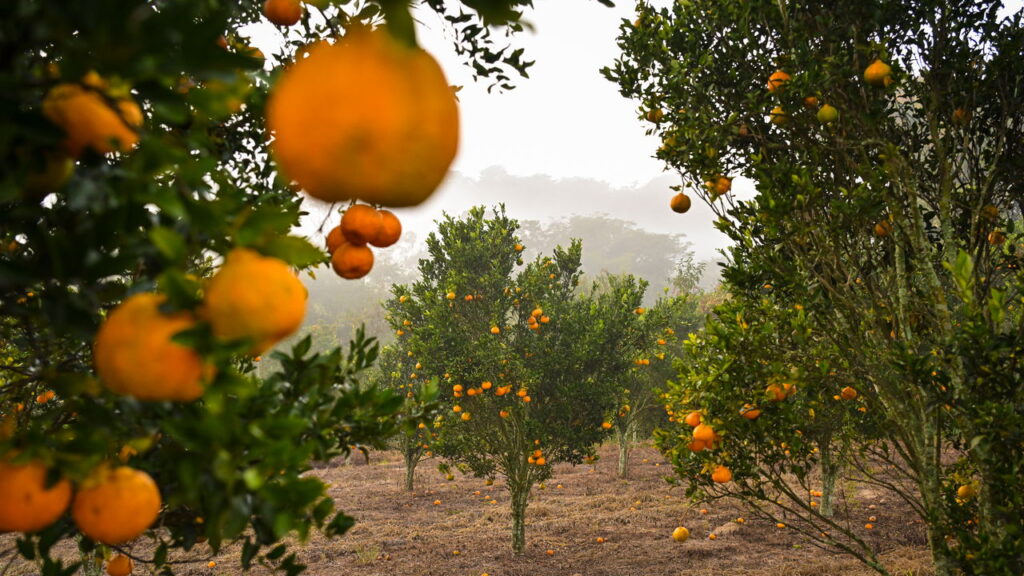Mimosas have long been a beloved staple of brunch gatherings, celebrated for their refreshing blend of flavors and effervescent qualities. Traditionally, the recipe is straightforward, consisting of an equal mix of champagne and orange juice. This simple drink has garnered a loyal following, often enjoyed in social settings for its ability to elevate any occasion. However, recent fluctuations in the market have cast a shadow over the affordability of this delightful cocktail, raising concerns among enthusiasts and casual drinkers alike.
The primary ingredient in this popular concoction, orange juice, has become the focal point of economic scrutiny. Unlike the price of sparkling wine, which tends to vary based on a range of factors from production costs to changes in consumer demand, the cost of orange juice is experiencing an unprecedented surge. The concentrates used in orange juice production, crucial for various beverage manufacturers, are reflected in the futures market. In New York, these concentrate orange-juice futures have increased dramatically, quadrupling since late 2021.
As of September 9th, these futures reached an alarming intraday high of $5.80 per pound, marking the fifth record price within the span of just one week. This price trend has glaring implications not just for producers but also for consumers who enjoy mimosas. The soaring prices in the futures market signal potential increases at grocery stores and establishments that serve breakfast and brunch. This trend could force businesses to adjust their pricing strategies or alter their beverage offerings to maintain profitability while still appealing to customers.
Several factors can be attributed to this spike in concentrate orange-juice prices. Firstly, climatic changes have posed significant challenges to orange groves, particularly in key growing regions like Florida and California. The effects of harsher weather conditions, including hurricanes and droughts, have disrupted citrus production. As a result, farmers are grappling with diminished yields, causing supply shortages in a market that relies heavily on a stable orange juice supply. Shortages naturally lead to higher prices, and consumers find themselves footed with the increasing costs.
Moreover, the demand for orange juice and its derivatives has remained consistent, if not increased, as consumers become ever more health-conscious and seek out refreshing beverages. The COVID-19 pandemic accelerated a trend towards home consumption, with more people opting for brunches and gatherings at home. As a result, the demand for orange juice products skyrocketed, adding further pressure on an already strained supply chain.
These surging prices have prompted various stakeholders within the beverage industry to adapt their strategies. Producers are exploring alternative sourcing methods and considering creative ways to utilize different citrus fruits or flavors to create unique beverages that may serve as substitutes for traditional orange juice mimosas. This shift not only serves to maintain variety in the market but also aims to mitigate the impact of rising costs on consumer affordability.
In summary, the outlook for mimosas may be changing as the once simple recipe of one part champagne and one part orange juice becomes increasingly affected by external market forces. With orange juice concentrate futures hitting record highs and production challenges on the rise, consumers could soon find themselves facing higher prices at their favorite brunch spots. Whether this will deter customers from enjoying this classic cocktail remains to be seen, but the economic landscape will undoubtedly continue to evolve as we transition into the future. Those who cherish the mimosa may need to brace for a new era, where creativity and adaptability will emerge as vital components for enjoying this beloved beverage.



